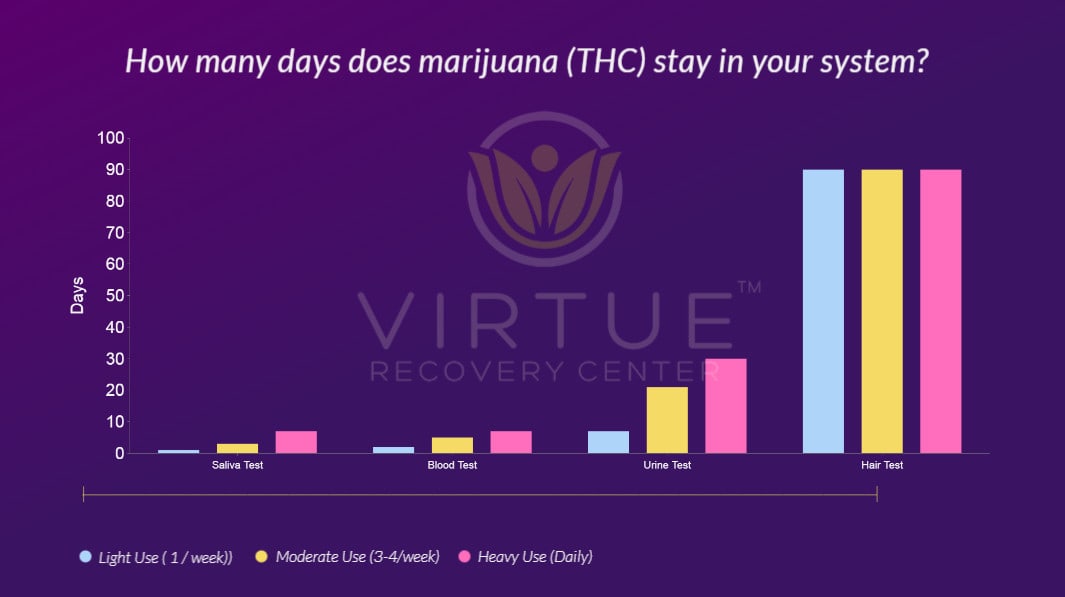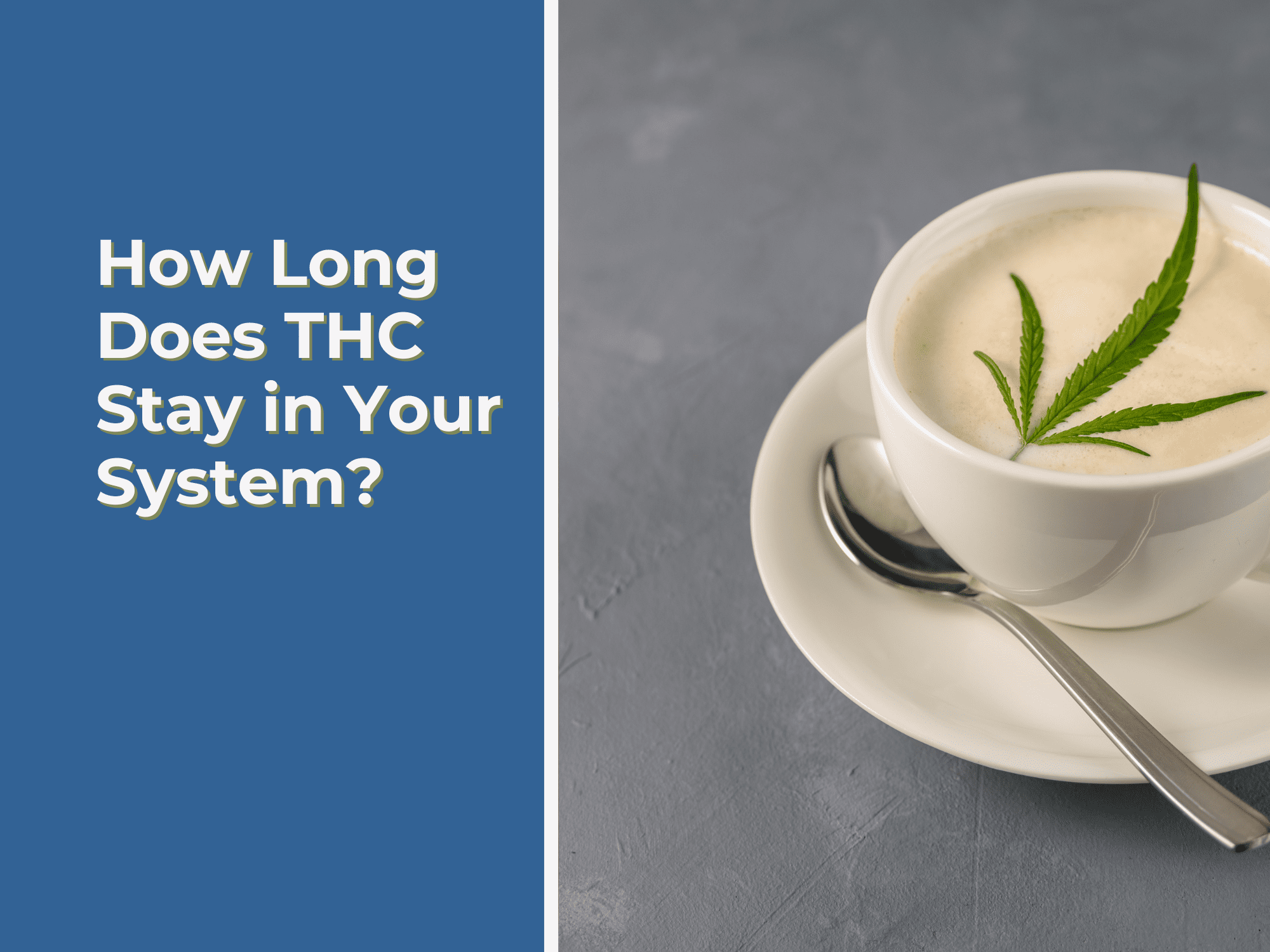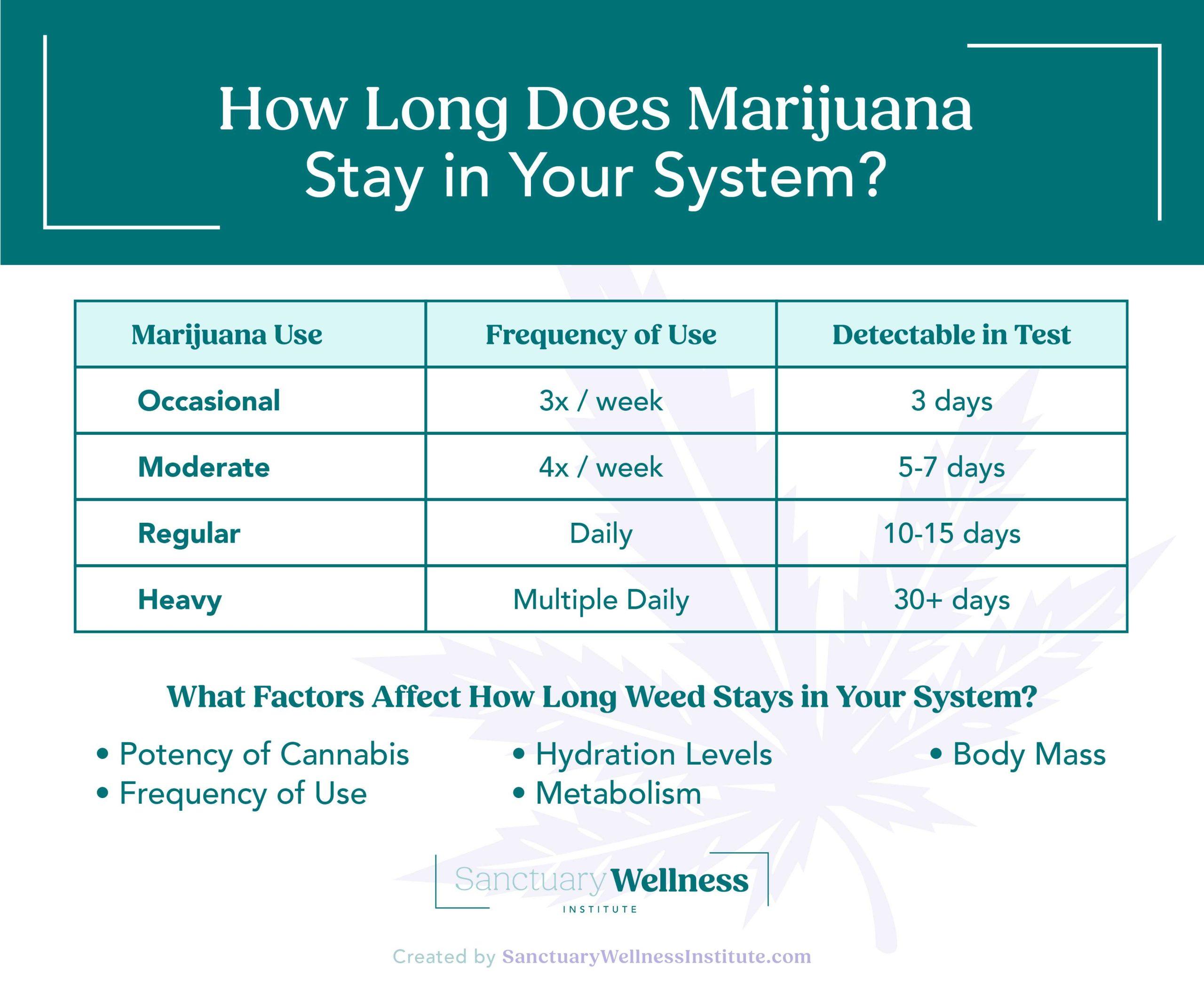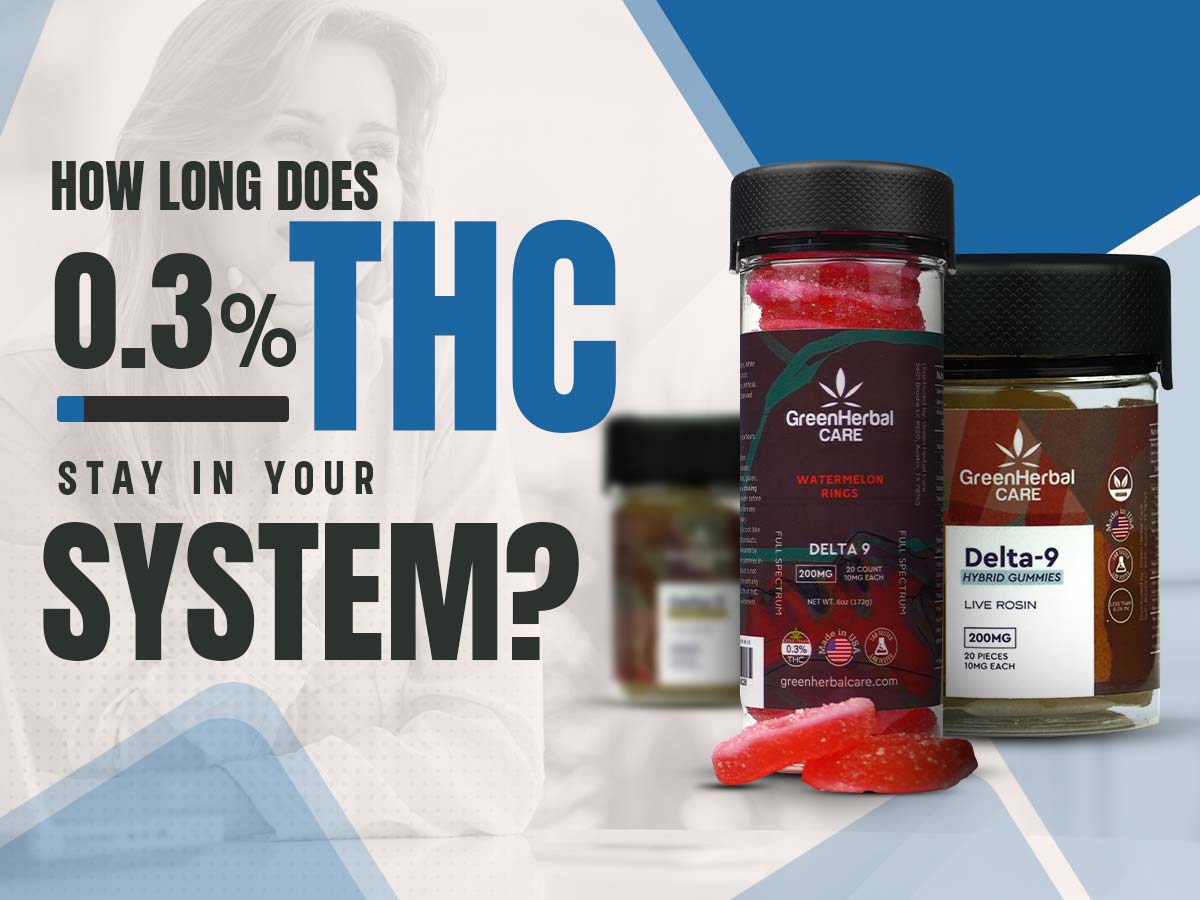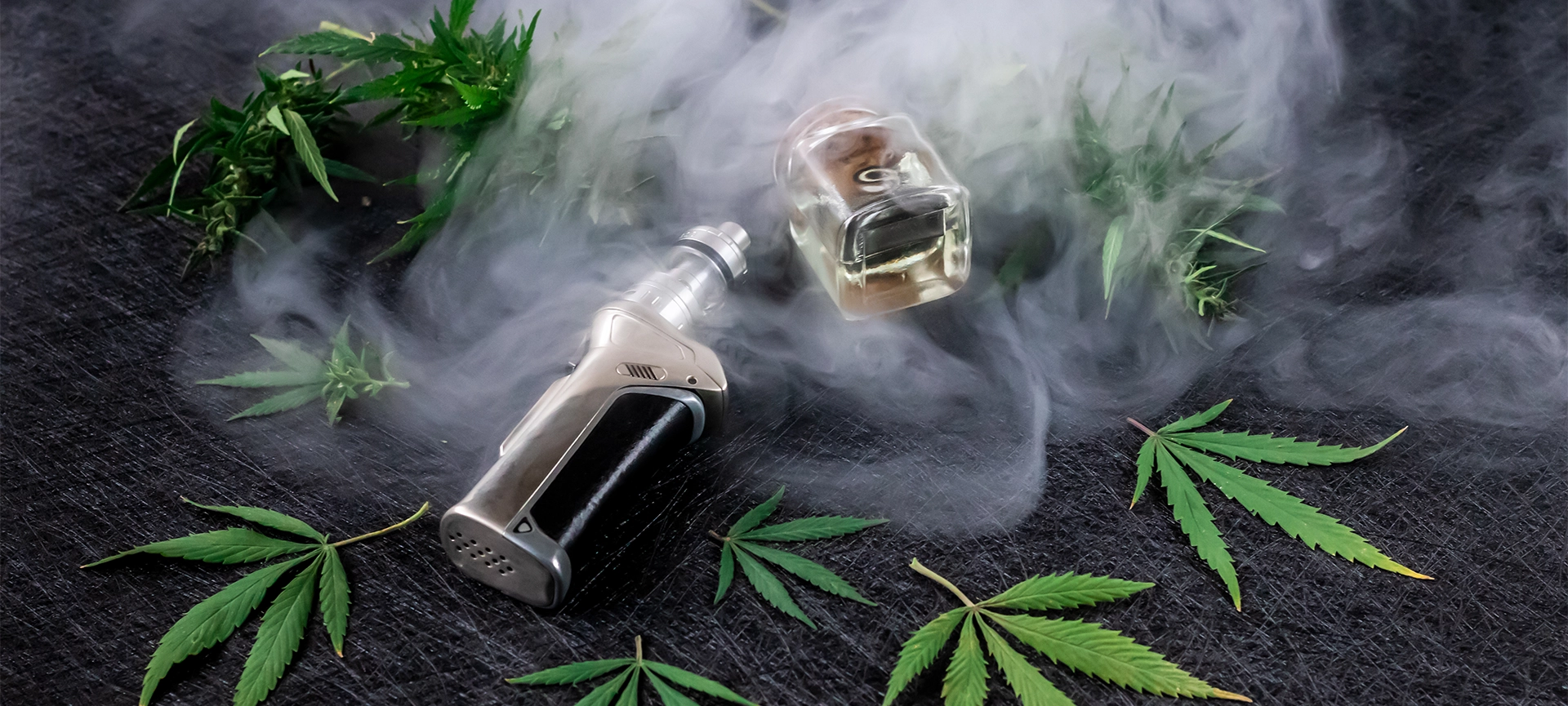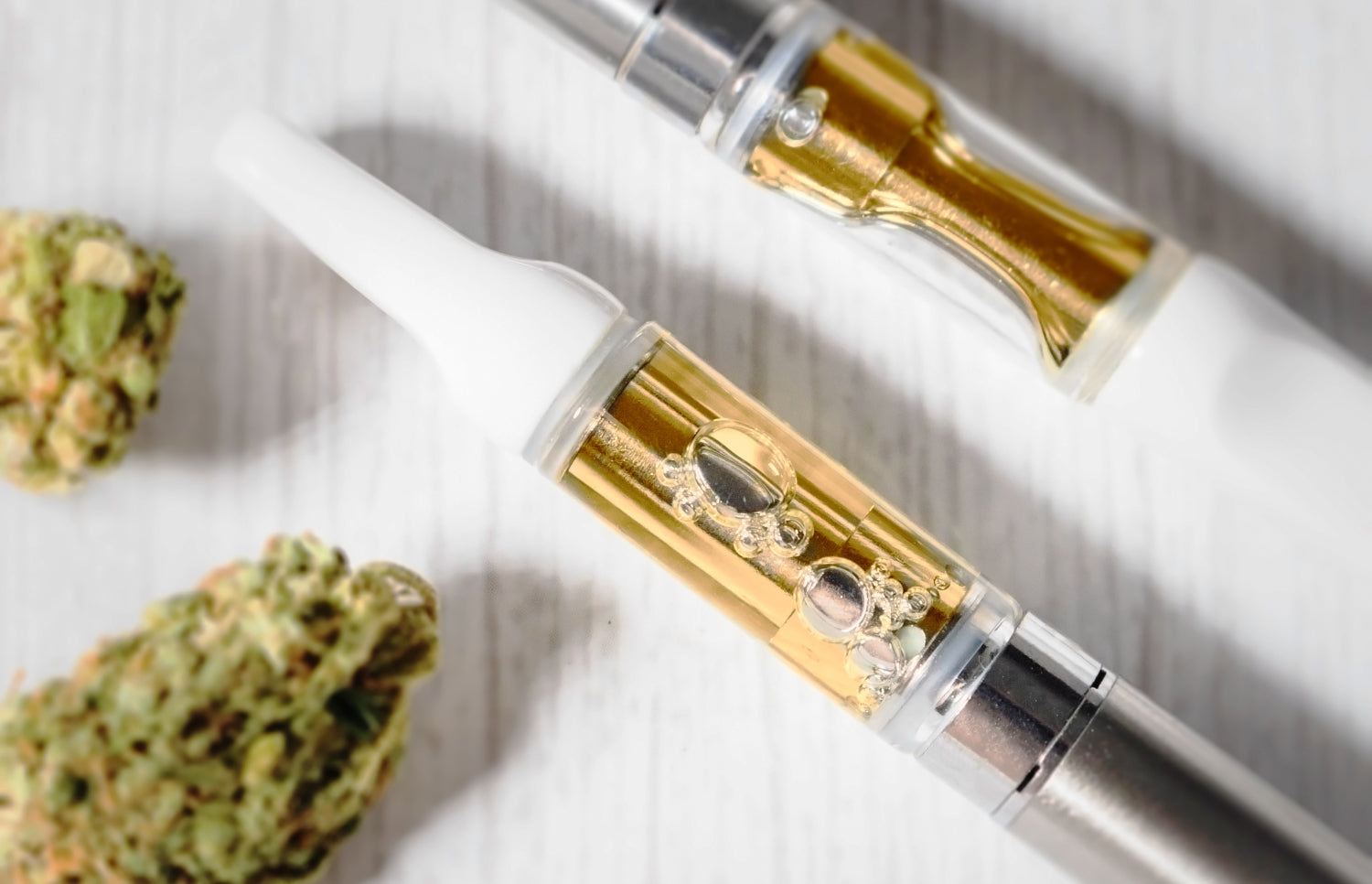How Long Does A Thc Beverage Stay In Your System

The burgeoning market of THC-infused beverages has sparked considerable interest and, equally, a degree of uncertainty. Consumers are navigating a new landscape of consumption, and a primary concern centers on how long the intoxicating effects, and the detectability, of these beverages persist in the body.
Understanding the duration of THC (tetrahydrocannabinol) in the system after consuming a THC-infused beverage is crucial for various reasons. From workplace drug testing to personal awareness of impairment for activities like driving, the timeframe of detection significantly impacts individual choices and potential consequences. This article delves into the factors influencing THC's metabolism, the different detection windows across various testing methods, and the potential implications for consumers.
Understanding THC Metabolism from Beverages
Unlike inhaled or smoked cannabis, ingested THC undergoes a more complex metabolic pathway. When consumed in a beverage, THC is absorbed through the digestive system and processed by the liver before entering the bloodstream. This hepatic metabolism converts THC into 11-hydroxy-THC, a metabolite more potent and longer-lasting than THC itself.
This process leads to a delayed onset of effects compared to inhalation, but also a potentially prolonged period of intoxication. Individual metabolism rates, body composition, and frequency of use significantly impact the duration THC remains detectable.
Factors Influencing Detection Time
Several factors contribute to the variability in THC detection times. These include:
- Dosage: Higher doses of THC will naturally remain detectable for longer periods.
- Frequency of Use: Chronic users accumulate THC in their fat tissues, leading to extended detection windows.
- Metabolism: Individual metabolic rates vary, influencing how quickly THC is processed and eliminated.
- Body Composition: THC is fat-soluble, so individuals with higher body fat percentages may retain THC for longer.
- Hydration Levels: Hydration can affect the concentration of THC metabolites in urine.
Detection Windows Across Different Testing Methods
Different drug testing methods have varying detection windows for THC. The most common methods include urine tests, blood tests, saliva tests, and hair follicle tests.
Urine Tests
Urine tests are the most common method for detecting THC metabolites. In infrequent users, THC can typically be detected in urine for 3-15 days after consumption. However, in chronic, heavy users, detection windows can extend to 30 days or even longer, as the metabolites are gradually released from fat storage.
Blood Tests
Blood tests offer a shorter detection window, generally measuring active THC levels. THC is typically detectable in blood for only a few hours to a few days after consumption, making it useful for determining recent use or current impairment.
Saliva Tests
Saliva tests provide an even shorter detection window, usually detecting THC for up to 24-72 hours after use. These tests are primarily used to identify very recent consumption, and are often used in roadside sobriety testing.
Hair Follicle Tests
Hair follicle tests offer the longest detection window, potentially detecting THC for up to 90 days or more. However, hair follicle tests are less common due to their higher cost and complexity.
Implications for Consumers
Understanding the detection windows for THC is crucial for consumers of THC-infused beverages. Individuals subject to drug testing, such as employees or those in legal proceedings, need to be particularly aware of these timelines.
For example, an individual who consumes a THC beverage on a weekend may still test positive on a urine drug test a week later, potentially leading to negative consequences. It is important to note that consuming "legal" THC beverages under state laws does not necessarily protect someone from failing a drug test mandated by federal regulations or company policies.
Furthermore, consumers should be aware of the potential for impaired driving even after the perceived intoxicating effects have worn off. THC can still be present in the bloodstream and affect cognitive functions, even if the individual feels subjectively sober. Always err on the side of caution and avoid driving or operating heavy machinery after consuming THC beverages.
Expert Opinions and Research
Dr. Sarah Johnson, a leading toxicologist at the National Institute on Drug Abuse (NIDA), emphasizes the importance of individualized assessments. "THC metabolism varies significantly, making it difficult to provide a definitive timeline. Factors like body mass index, genetics, and overall health play a crucial role in determining how long THC remains detectable."
Research from the Substance Abuse and Mental Health Services Administration (SAMHSA) highlights the need for improved testing methodologies. SAMHSA is working to refine drug testing standards to better reflect the complexities of THC metabolism and the increasing prevalence of novel cannabis products.
The National Cannabis Industry Association (NCIA) advocates for clear labeling and consumer education regarding THC content and potential effects. They emphasize responsible consumption and encourage consumers to be aware of their individual tolerance and the potential risks associated with THC beverages.
The Future of THC Testing and Regulations
As the cannabis industry continues to evolve, the need for standardized testing and clear regulations becomes increasingly important. The development of more accurate and reliable testing methods is crucial for ensuring public safety and preventing unfair consequences for consumers.
Future research should focus on developing point-of-care testing devices that can accurately measure THC impairment in real-time, similar to breathalyzers for alcohol. This would provide a more objective measure of impairment and help prevent accidents related to cannabis use.
Moreover, ongoing dialogue between policymakers, researchers, and industry stakeholders is essential for creating responsible regulations that balance individual rights with public safety concerns. By promoting education, research, and responsible consumption, we can navigate the evolving landscape of THC beverages and ensure a safer future for all.

![How Long Does A Thc Beverage Stay In Your System How Long Do THC & Edibles Stay in Your System? [Precise Calculator]](https://greencamp.com/wp-content/uploads/2019/02/how-long-thc-stays-in-system-table.jpg)




